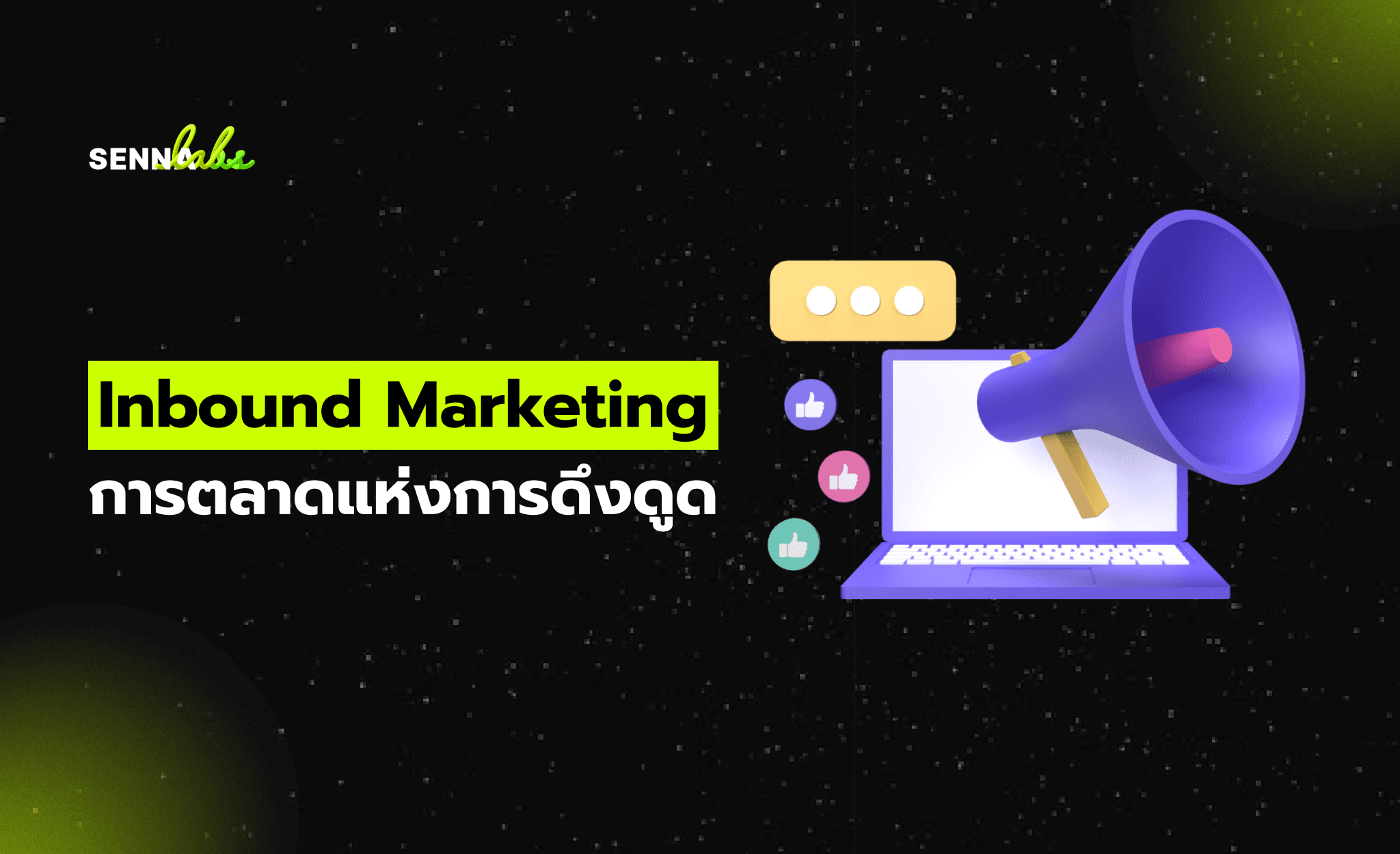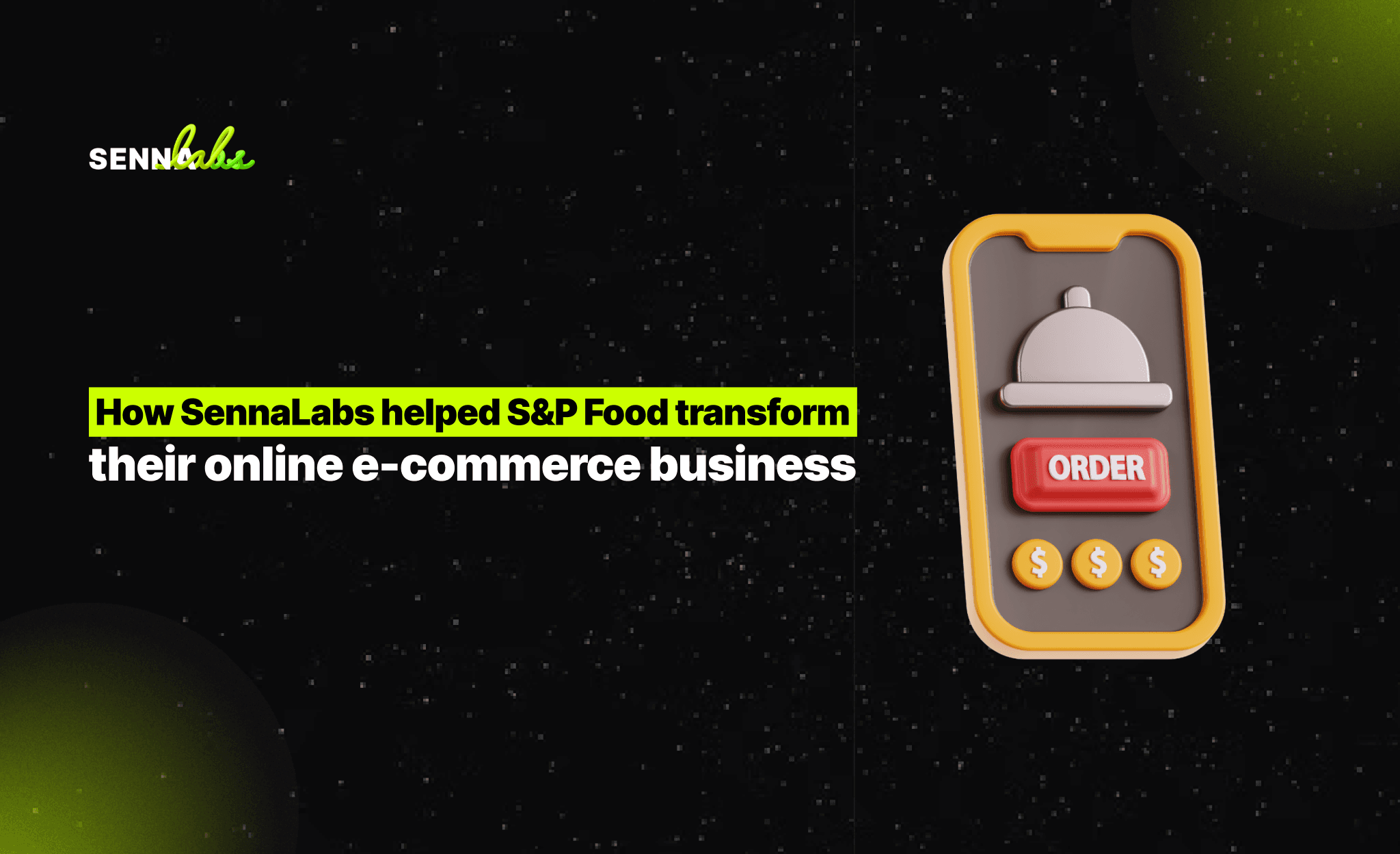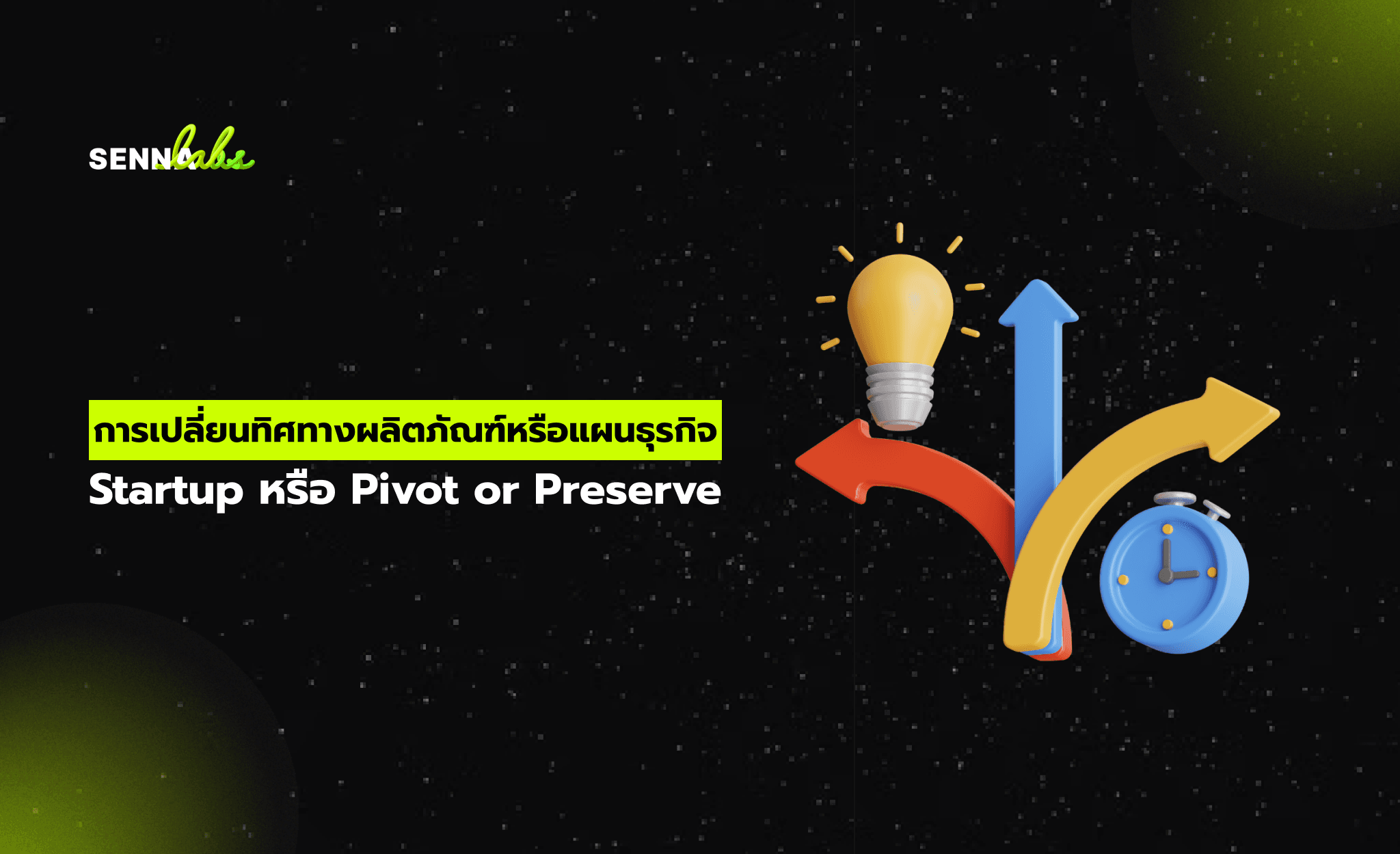Digital Accessibility & SEO: Why Inclusive Design Boosts Search Rankings in 2025

In 2025, digital accessibility is no longer an optional feature or a check-the-box compliance task—it’s a core component of user experience and a measurable ranking factor in search engine algorithms. As Google and other search engines increasingly focus on user satisfaction, accessibility plays a pivotal role in how content is indexed, evaluated, and ranked.
This article examines how inclusive design practices—such as semantic HTML, keyboard navigation, ARIA attributes, and visual contrast standards—not only support users with disabilities but also enhance overall SEO performance. We'll also explore how these principles were applied to a digital platform designed for diverse user demographics.

Why Accessibility Matters for SEO
Accessibility and SEO share a common goal: delivering the best possible experience to all users. When your digital product is inclusive, it becomes more usable—not just for those with disabilities, but for every visitor.
Here’s how accessibility intersects with SEO:
-
Semantic HTML improves crawlability and content understanding for search engines.
-
Keyboard navigability and logical focus orders enhance usability, which reduces bounce rates.
-
Descriptive alt text and ARIA roles make images and dynamic elements discoverable by screen readers and bots.
-
High contrast ratios and readable fonts improve engagement, particularly on mobile devices and in low-light environments.
And in 2025, Google’s AI-based indexing systems are smart enough to simulate and evaluate accessibility behaviors, including how a visually impaired user navigates through a site. This elevates accessibility from a legal concern to a ranking differentiator.
Inclusive Design as a Strategic SEO Advantage
Accessible websites tend to perform better across several key ranking factors:
-
Core Web Vitals: Fast load times, visual stability, and input responsiveness are essential for assistive tech compatibility—and these metrics are already core to mobile-first SEO.
-
Engagement Signals: Clear navigation and readable content reduce friction, increase time on page, and lower bounce rates.
-
Voice Search Readiness: Descriptive content, well-structured layouts, and labeled fields enhance voice search responses.
-
Reduced Technical Debt: Clean, semantic code results in easier maintenance and better alignment with SEO best practices.
Best Practices for Accessible SEO in 2025
1. Use Semantic HTML Tags
Replace generic <div> and <span> elements with meaningful tags like <header>, <main>, <article>, and <footer>. These help screen readers and crawlers understand your content hierarchy.
2. Implement ARIA Landmarks and Labels
ARIA (Accessible Rich Internet Applications) attributes provide extra context for interactive elements. Labels, roles, and states make buttons, forms, and navigation bars machine-readable.
3. Ensure Full Keyboard Navigation
Every interactive element should be operable via keyboard alone. Logical tab orders and visible focus states are crucial for accessibility and UX.
4. Maintain High Contrast and Readability
Follow WCAG guidelines for color contrast (minimum 4.5:1 for body text) and ensure text scales well on smaller screens or zoomed interfaces.
5. Optimize for Screen Readers
Use proper heading structure (h1 to h6), avoid skipping heading levels, and ensure alt attributes are present for all non-decorative images.
6. Use Structured Data for Context
Accessibility complements schema markup by making content not only visible but also understandable to machines—especially helpful for rich snippets and voice results.
Real-World Application: Inclusive UX at Scale
In one of our key enterprise projects, we redesigned a multi-platform digital service that caters to a wide range of users—from tech-savvy millennials to older, less experienced users. The platform involved content delivery, account management, and interactive features accessible via both mobile and desktop.
Accessibility Goals:
-
Improve engagement for users across varying physical and cognitive abilities.
-
Meet international accessibility standards (WCAG 2.1 AA).
-
Enhance SEO performance through semantic structure and content discoverability.
Our Implementation:
-
Conducted a full accessibility audit of UI components.
-
Rebuilt the front-end with semantic HTML and ARIA roles for key interface elements.
-
Optimized font sizes, contrast ratios, and spacing for readability.
-
Enabled keyboard-friendly modal navigation and form inputs.
-
Used structured data to support assistive tech and search indexing.
Results:
-
The platform achieved full compliance with WCAG 2.1 AA standards.
-
Average session duration increased by 28%, with significant improvements among older users.
-
Google Search Console reported enhanced indexing of content across all service areas.
-
Core Web Vitals scores improved, especially in visual stability and interactivity—directly boosting mobile SEO rankings.
This project demonstrated that accessibility and performance go hand-in-hand, benefiting users and search engines alike.
Conclusion: Inclusive Design is Intelligent Design
Accessibility isn’t a sideline task—it’s a digital growth strategy. In 2025, where AI evaluates user intent and satisfaction in real-time, only websites that cater to all users will achieve top rankings and sustained engagement.
Whether you're designing a new platform or optimizing an existing one, integrating accessibility into your development and SEO strategies will pay off in usability, search visibility, and brand reputation.
At Senna Labs, we combine technical expertise with user-centered design to create digital products that are not just compliant—but exceptional. Let's build experiences that everyone can access, and search engines will reward.


Subscribe to follow product news, latest in technology, solutions, and updates
Other articles for you



Let’s build digital products that are simply awesome !
We will get back to you within 24 hours!Go to contact us Please tell us your ideas.
Please tell us your ideas.







